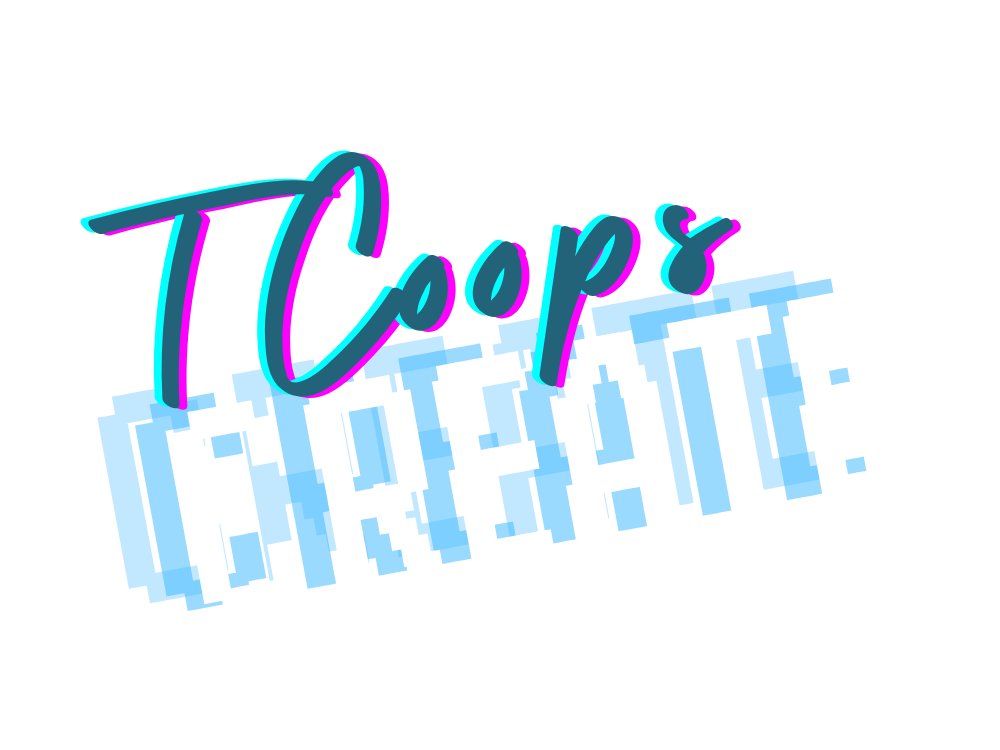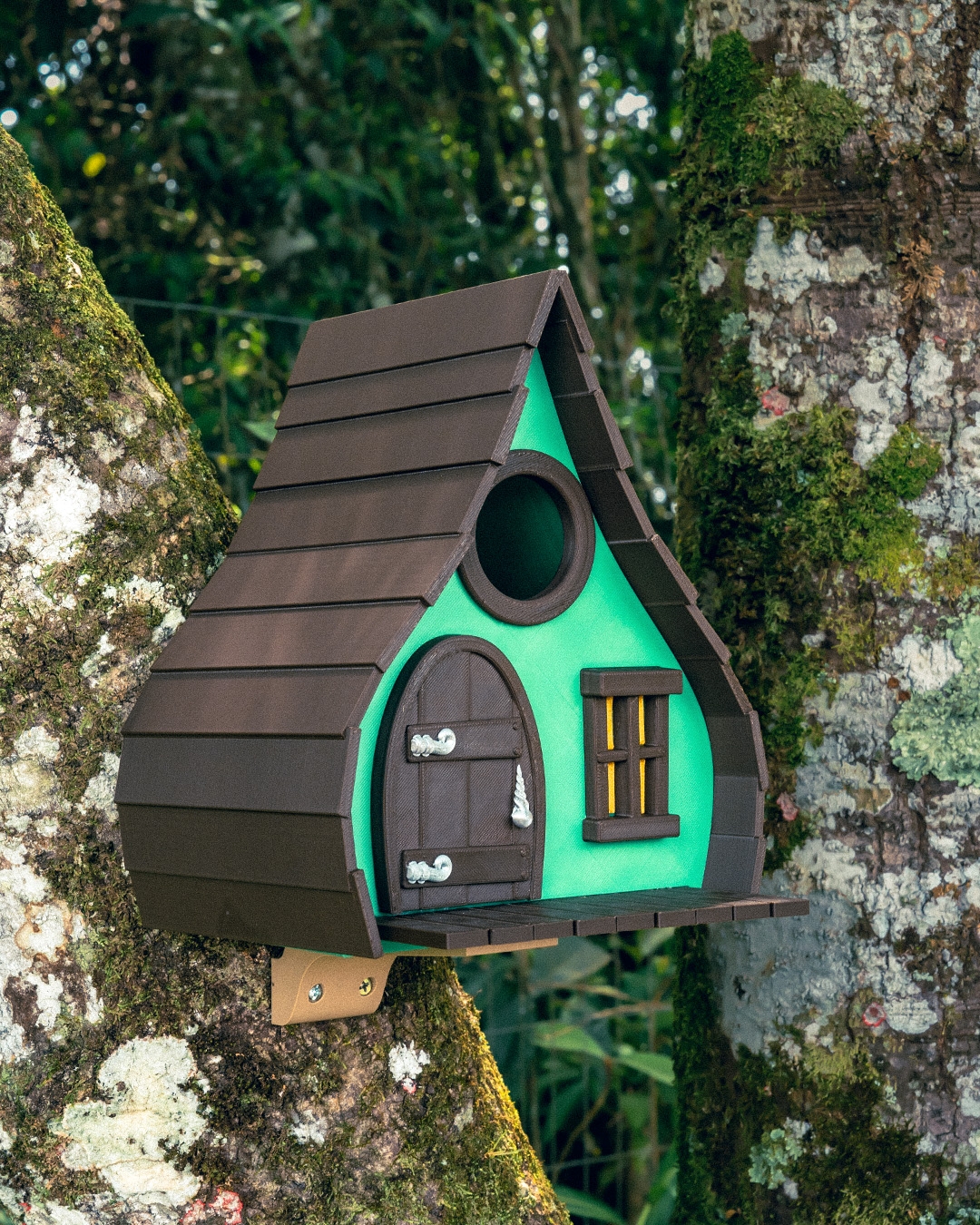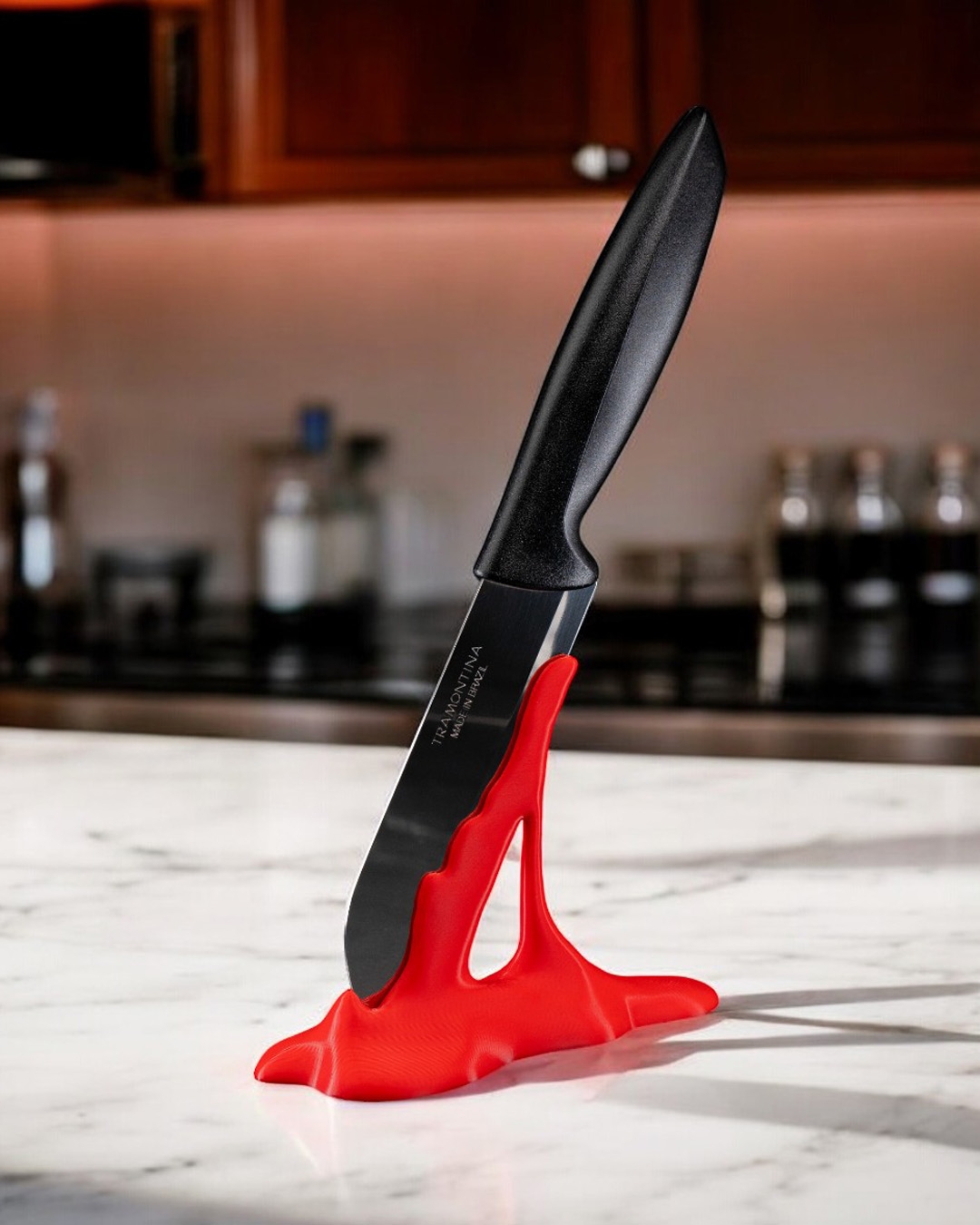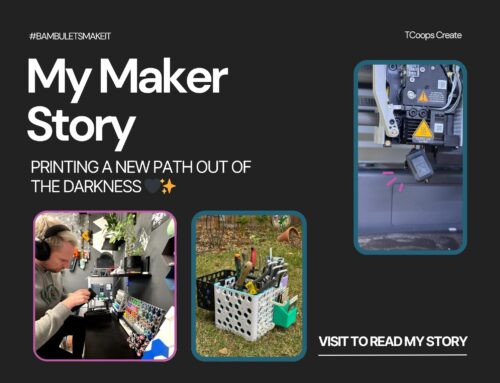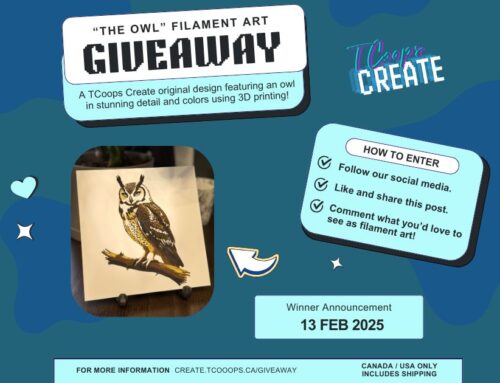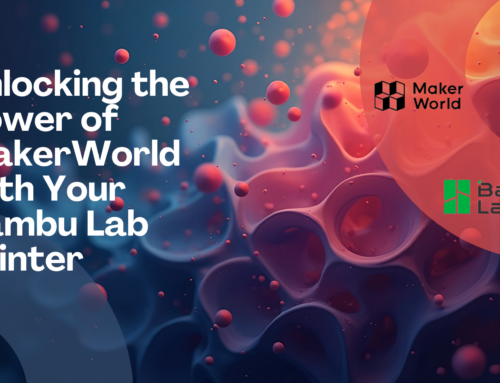An Introduction to 3D Printing: From the Perspective of a New Maker
Join me as I share what I know about 3D printing and answer the burning question “What the heck is 3D printing?”
Welcome to TCoops Create! As a new maker diving into the world of 3D printing, I’ve been on an exciting journey of discovery, creativity, and learning. If you’re curious about 3D printing but aren’t sure where to start, this guide is for you. I’ll share my personal experiences, the resources I’ve found most helpful, and insights I’ve picked up along the way to help you get started.
What is 3D Printing?
At its core, 3D printing is the process of creating three-dimensional objects layer by layer from digital models. Whether you’re printing something practical, artistic, or experimental, 3D printing opens up a world of possibilities for anyone to become a Maker—the community-driven term for 3D printing enthusiasts and creators.
FDM Printing (Fused Deposition Modeling)
This is the type of 3D printing I use at TCoops Create. It involves melting spools of filament (plastic) and extruding them layer by layer to create a 3D object. We will focus mostly on FDM printing in this article.
Resin Printing
This uses liquid resin that is cured by UV light to form solid layers. It’s great for highly detailed prints but can be messier and more complex to work with. We won’t be cover this type of 3D printing in this article.
How Does a 3D FDM Printer Work?
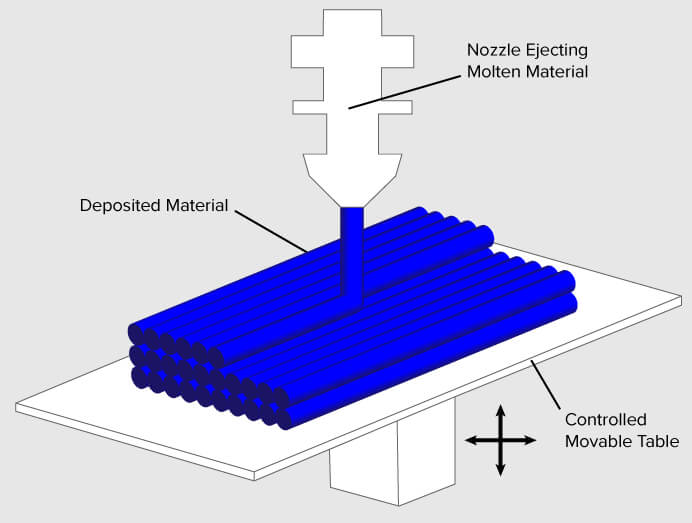
Source: https://3dprinting.com/what-is-3d-printing
Here’s a simplified explanation of how FDM printers like mine operate:
- A spool of filament is fed into the printer’s extruder.
- The filament is pushed into a hot end, heating it to temperatures of 260°C or more to melt it into a liquid state.
- The printer extrudes the melted plastic through the nozzle onto a heated print bed, which aids in adhesion in most cases.
- The object is built layer by layer until the final product is complete.
- In many cases, additional structures called Supports are required to ensure filament printed in difficult places doesn’t sag for fail completely.
Materials You Can Print With
One of the first things you’ll discover about 3D printing is the wide variety of materials you can use, ranging in colors and intended purpose. The most common materials are:
- PLA: Beginner-friendly, easy to use, and great for general-purpose prints.
- PETG: More durable and temperature-resistant than PLA, making it ideal for functional parts.
- ABS: Strong but more challenging to print due to its tendency to warp.
- ASA and other specialty filaments: Used for specific purposes based on their properties like UV resistance.
How Difficult is 3D Printing to Learn?
Like any new skill, there is a learning curve, but I’ve found that with the right mindset and tools, it’s a rewarding process. Some printers, like those from Bambu Labs, have advanced features that make the learning process easier for beginners and reduce the likelihood of issues with you prints, specially in the learning stage. It also helps to understand what the Slicer (Bambu Studio for example) is doing to your 3D file to create the layered object you’re going to print. I’ll cover that in another article in the future.
There are also plenty of amazing people in the Maker community that post helpful tutorials and videos that can be a great place to start.
Printer Price Ranges and Common Brands
3D printers come in a wide range of prices, from budget-friendly options to high-end machines. As a new maker, I started with the Bambu Lab X1 Carbon, which I highly recommend. It’s reliable, feature-packed, and perfect for beginners and experienced makers alike.
Where Do You Get 3D Models?
If you’re not ready to create your own 3D models, there are amazing communities and websites filled with designs you can download:
These platforms are excellent for finding inspiration or functional designs to get you started. Many of them providing free options that include personal licenses. If you want to learn more about MakerWorld specifically, check out my article Unlocking the Power of MakerWorld with you Bambu Printer. You will generally be looking for .stl files to import and configure your print settings manually, or a .3mf file designed for your slicer, as they come with print profiles created by the designer of the file.
What Can You Print?
The sky’s the limit! From practical tools to decorative art pieces, you can print almost anything. However, keep in mind that more complex designs may require supports or advanced techniques to ensure the results you’re looking for!
For some festive inspiration, read my Discover 5 Awesome 3D Printed Ornaments This Christmas! article. Here are just a few of the things I have printed or are soon to print; some of them you might be able to purchase yourself soon on our store!
Can You Sell Your Prints?
While the idea of selling your creations is tempting, it’s crucial to understand copyright rules. Not all designs can be sold legally, so be sure to check the licensing terms of any models you didn’t create yourself. I’ll cover this topic in more detail in a future blog post though, so I won’t get into details here. If you need Copyright guidance, ChatGPT can provide very general information and next steps for you, it can be a huge help!
Final Thoughts
3D printing is an incredible hobby that blends technology and creativity. While there is a lot to learn, it’s a highly rewarding journey that allows you to turn your ideas into reality. I hope this guide has provided a helpful overview of what to expect as you get started.
If you have any questions or want to learn more about specific topics, feel free to reach out or stay tuned for future posts where I’ll dive deeper into these areas. Stay tuned for the launch of me storefront where you’ll be able to purchase some of my favorite (Commercial Safe!) designs!
Happy Printing!
TCoops

